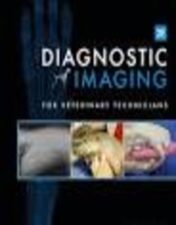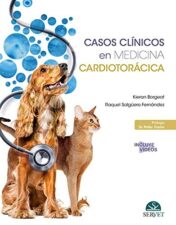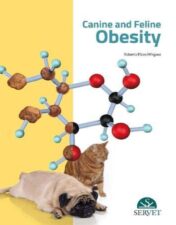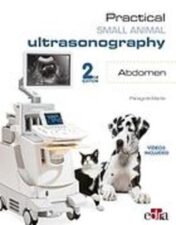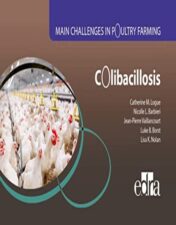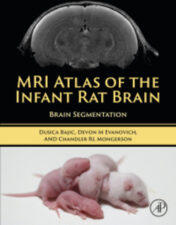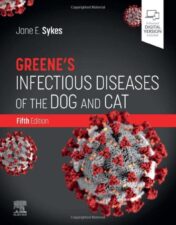Discover the Best Veterinary Books to Enhance Your Knowledge
Discover the Best Veterinary Books Now!
Are you looking for the best veterinary books to help you learn more about animal health and care? Look no further than SurgeryBook.net! Our comprehensive selection of veterinary books covers a wide range of topics, from basic anatomy and physiology to advanced surgical techniques. Whether you’re a veterinarian, vet tech, or just an animal lover, you’ll find the perfect book to help you understand and care for your furry friends. With our easy-to-navigate website, you can quickly find the right book for your needs. Plus, we offer free shipping on all orders over $50! So don’t wait – explore our selection of veterinary books today and start learning more about animal health and care. Visit SurgeryBook.net now!
Veterinary Books
Casos clínicos en Medicina Cardiotorácica 2021 epub+converted pdf
Veterinary Books
Bacterial Skin Infections in Small Animals 2019 epub+converted pdf
Veterinary Books
Veterinary Books
Practical Small Animals Ultrasonography. Abdomen_2nd Edition 2022 epub+converted pdf
Veterinary Books
Veterinary practice management. 2nd Edition 2022 epub+converted pdf
Veterinary Books
Veterinary Books
Veterinary Books
Los secretos de la recepción veterinaria 2022 epub+converted pdf
Veterinary Books
Canine and Feline Cytopathology, 4th edition 2022 Original PDF
Veterinary Books
Small Animal Critical Care Medicine, 3rd edition 2022 Original PDF
Veterinary Books
Cunningham. Fisiología veterinaria (6ª ed.) 2020 Original PDF
Introduction
Overview of Veterinary Medicine: A Guide to the Basics
Animal Anatomy and Physiology for Veterinary Professionals
Animal Anatomy and Physiology for Veterinary Professionals is an essential resource for veterinary professionals. It provides a comprehensive overview of the anatomy and physiology of domestic animals, including cats, dogs, horses, cows, pigs, sheep, goats, and other species. The book covers topics such as the structure and function of the body systems, the endocrine system, nutrition, reproduction, and behavior. It also includes information on common diseases and disorders, as well as diagnostic and therapeutic techniques.
The book is organized into four sections: anatomy, physiology, clinical applications, and special topics. The anatomy section covers the structure and function of the major body systems, including the skeletal, muscular, nervous, cardiovascular, respiratory, digestive, urinary, reproductive, and integumentary systems. It also discusses the anatomy of the eye, ear, and nose. The physiology section covers topics such as metabolism, homeostasis, endocrinology, nutrition, and reproduction.
The clinical applications section focuses on the diagnosis and treatment of common diseases and disorders in domestic animals. It includes information on physical examination, laboratory tests, imaging techniques, pharmacology, and surgery. The special topics section covers topics such as animal behavior, zoonoses, and public health.
Animal Anatomy and Physiology for Veterinary Professionals is an invaluable resource for veterinary professionals. It provides a comprehensive overview of the anatomy and physiology of domestic animals, as well as information on common diseases and disorders, diagnostic and therapeutic techniques, and special topics. This book is an essential reference for any veterinary professional.
Veterinary Surgery: Principles and Practice
Veterinary Surgery: Principles and Practice is a comprehensive textbook that provides an in-depth look at the principles and practice of veterinary surgery. It covers all aspects of veterinary surgery, from basic anatomy and physiology to advanced surgical techniques. The book is divided into four sections: Basic Principles, Surgical Techniques, Diagnostic Imaging, and Specialty Surgery.
The first section, Basic Principles, covers the fundamentals of veterinary surgery, including anatomy and physiology, surgical instruments, wound healing, and anesthesia. This section also includes chapters on preoperative and postoperative care, as well as pain management.
The second section, Surgical Techniques, covers the various types of surgical procedures used in veterinary medicine. Topics include soft tissue surgery, orthopedic surgery, neurosurgery, ophthalmic surgery, and minimally invasive surgery. Each chapter includes detailed descriptions of the procedure, as well as step-by-step instructions for performing the surgery.
The third section, Diagnostic Imaging, covers the use of imaging modalities such as radiography, computed tomography, magnetic resonance imaging, and ultrasound in veterinary surgery. This section also includes chapters on interventional radiology and nuclear medicine.
The fourth section, Specialty Surgery, covers the most common specialty surgeries performed in veterinary medicine. These include cardiothoracic surgery, oncologic surgery, urologic surgery, and reconstructive surgery. Each chapter includes detailed descriptions of the procedure, as well as step-by-step instructions for performing the surgery.
Overall, Veterinary Surgery: Principles and Practice is an invaluable resource for veterinarians, veterinary technicians, and veterinary students. It provides a comprehensive overview of the principles and practice of veterinary surgery, and is an essential reference for anyone involved in the field.
Veterinary Clinical Pathology: An Introduction
Veterinary Pharmacology and Therapeutics
Veterinary pharmacology and therapeutics is a branch of veterinary medicine that focuses on the use of drugs to diagnose, treat, and prevent diseases in animals. It involves the study of the action of drugs on animals, their metabolism, absorption, distribution, and excretion, as well as the effects of drugs on animal physiology and behavior. Veterinary pharmacologists and therapeutists are responsible for developing safe and effective treatments for animals, as well as monitoring the safety and efficacy of existing drugs.
The primary goal of veterinary pharmacology and therapeutics is to ensure the safe and effective use of drugs in animals. This includes understanding the pharmacokinetics and pharmacodynamics of drugs, as well as the potential adverse reactions and interactions with other drugs or substances. Veterinary pharmacologists and therapeutists must also be aware of the legal and ethical considerations associated with drug use in animals.
In addition to understanding the pharmacology of drugs, veterinary pharmacologists and therapeutists must also be knowledgeable about the anatomy and physiology of animals, as well as the pathophysiology of disease. This knowledge is essential for selecting the most appropriate drug therapy for a particular animal. Veterinary pharmacologists and therapeutists must also be familiar with the principles of pharmacovigilance, which involve monitoring the safety and efficacy of drugs in animals.
Veterinary pharmacology and therapeutics is an important field of veterinary medicine, as it helps to ensure the safe and effective use of drugs in animals. Veterinary pharmacologists and therapeutists must have a thorough understanding of the pharmacology of drugs, as well as the anatomy and physiology of animals, in order to provide the best possible care for their patients.
Conclusion
In conclusion, veterinary books are an invaluable resource for anyone looking to enhance their knowledge of animal health and care. With a wide variety of topics covered, from anatomy and physiology to nutrition and behavior, there is something for everyone. Whether you’re a veterinarian, vet tech, or pet owner, these books can help you stay up-to-date on the latest developments in veterinary medicine. With the right book, you can become an expert in no time!

